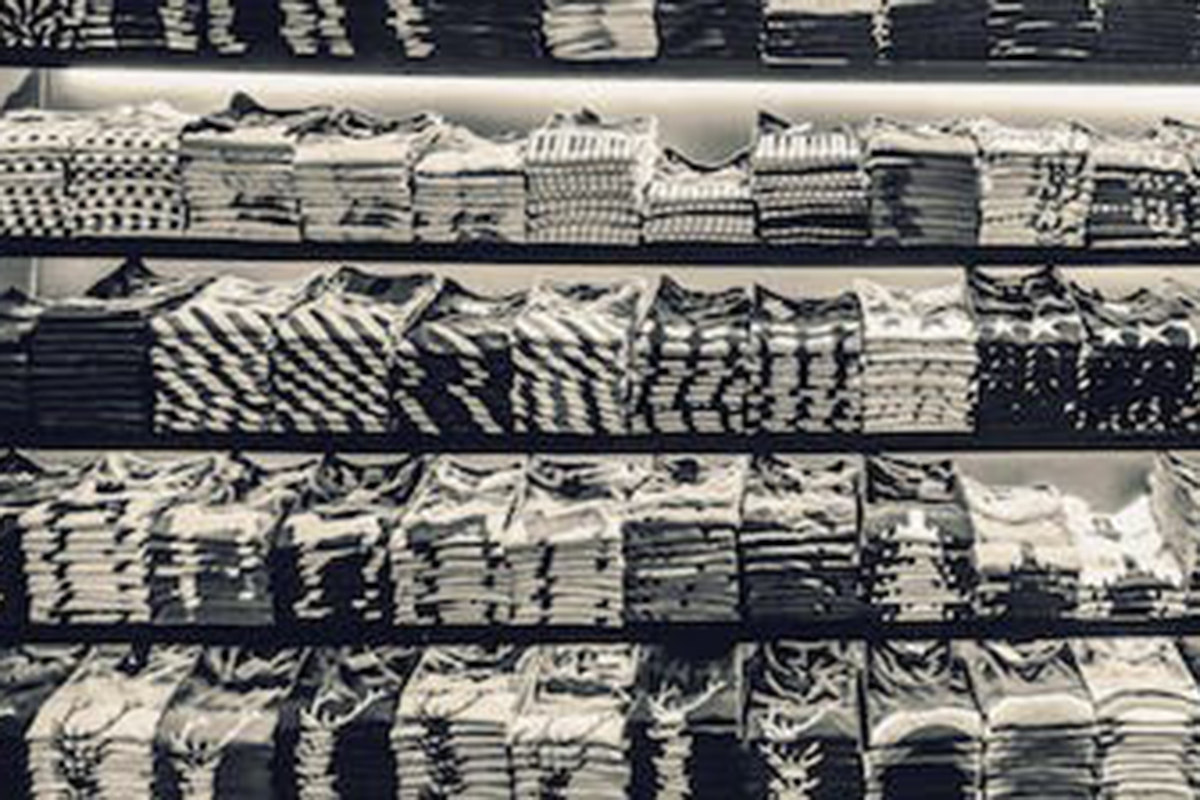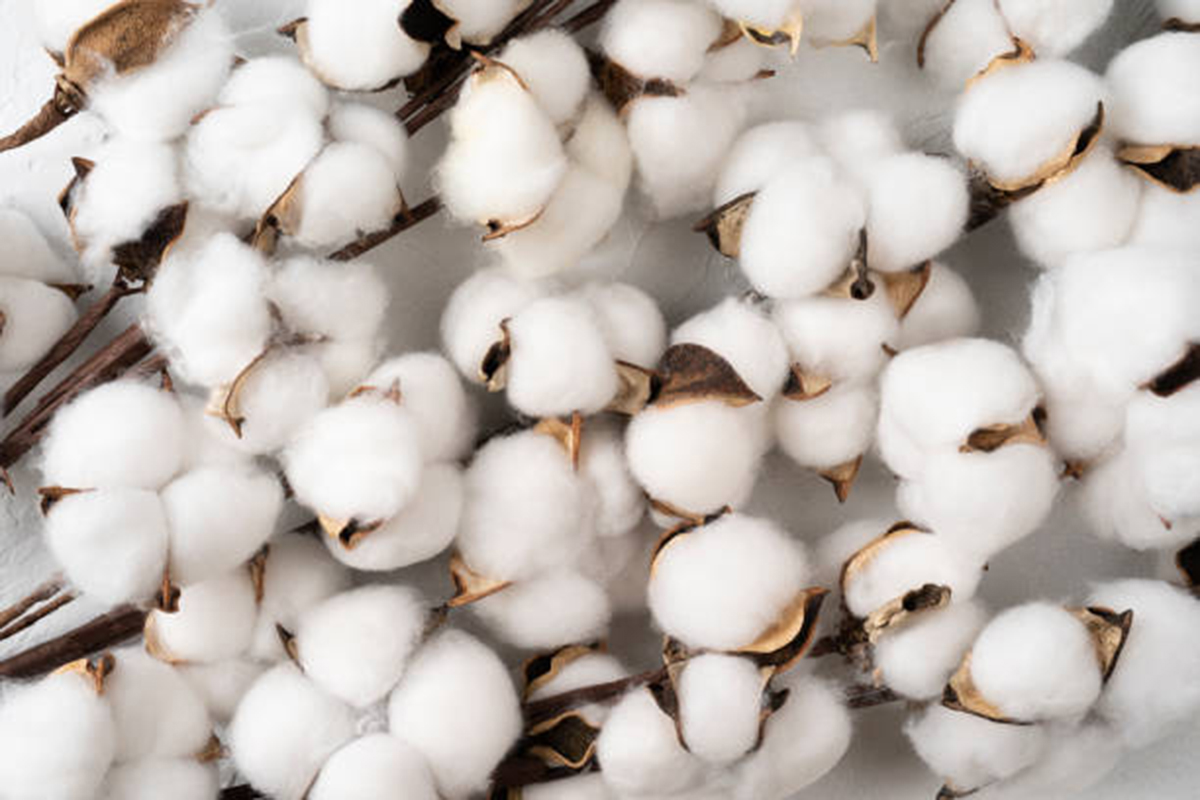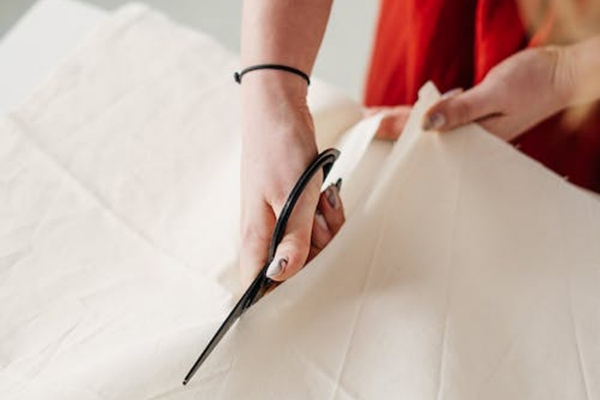T-shirts are durable, versatile garments that have mass appeal and can be worn as outerwear or underwear. Since their introduction in 1920, T-shirts have grown into a $2 billion market. T-shirts are available in a variety of colors, patterns and styles, such as standard crew and V-necks, as well as tank tops and spoon necks. t-shirt sleeves can be short or long, with cap sleeves, yoke sleeves or slit sleeves. Other features include pockets and decorative trim. t-shirts are also popular garments on which a person’s interests, tastes and affiliations can be displayed using custom screen printing or heat transfer. Printed shirts may feature political slogans, humor, art, sports, and famous people and places of interest.
Material
Most T-shirts are made of 100% cotton, polyester, or cotton/polyester blends. Environmentally conscious manufacturers may use organically grown cotton and natural dyes. Stretch T-shirts are made from knitted fabrics, specifically plain knit, ribbed knit, and interlocking ribbed knit, which are made by splicing two pieces of ribbed fabric together. Sweatshirts are most commonly used because they are versatile, comfortable and relatively inexpensive. They are also a popular material for screen printing and heat transfer applications. Some sweatshirts are made in a tubular form to simplify the production process by reducing the number of seams. Ribbed knit fabrics are often used when a tight fit is needed. Many higher quality t-shirts are made from durable interlocking rib knit fabrics.
Manufacturing Process
Making a T-shirt is a fairly simple and largely automated process. Specially designed machines integrate cutting, assembly and sewing for the most efficient operation. t-shirts are most often sewn with narrow overlapping seams, usually by placing one piece of fabric on top of another and aligning the seam edges. These seams are often sewn with an overlock stitch, which requires one stitch from the top and two curved stitches from the bottom. This special combination of seams and stitches creates a flexible finished seam.
Another type of seam that can be used for T-shirts is the welt seam, where a narrow piece of fabric is folded around a seam, such as at the neckline. These seams can be sewn together using lockstitch, chainstitch or overlock seams. Depending on the style of the T-shirt, the garment may be assembled in a slightly different order.
Quality Control
Most apparel manufacturing operations are regulated by federal and international guidelines. Manufacturers may also establish guidelines for their companies. There are standards that apply specifically to the T-shirt industry, including proper sizing and fit, proper stitches and seams, stitch types and the number of stitches per inch. Stitches must be loose enough so that the garment can be stretched without breaking the seams. The hem must be flat and wide enough to prevent curling. It is also important to check that the neckline of the t-shirt is applied correctly and that the neckline is flat against the body. The neckline should also be properly restored after being slightly stretched.
Post time: Feb-17-2023




